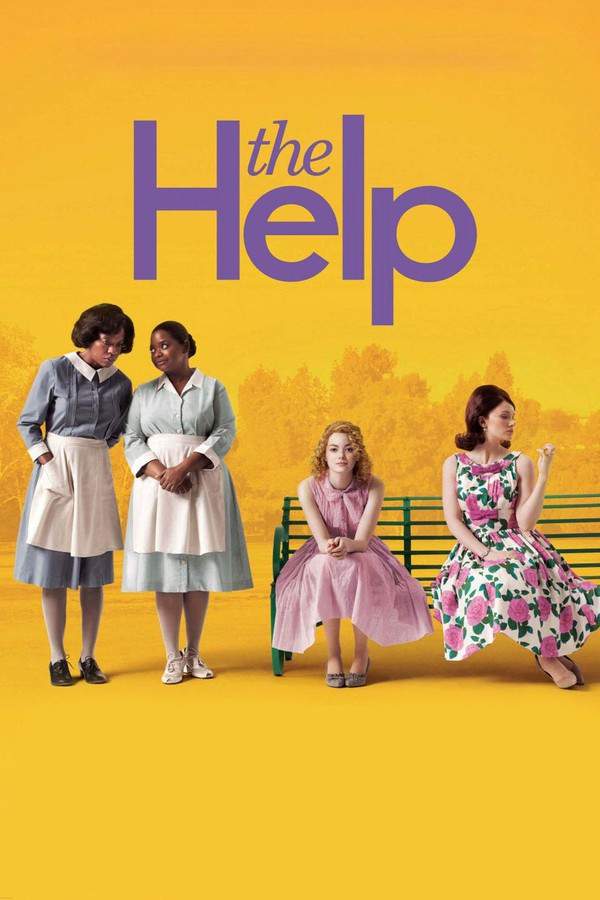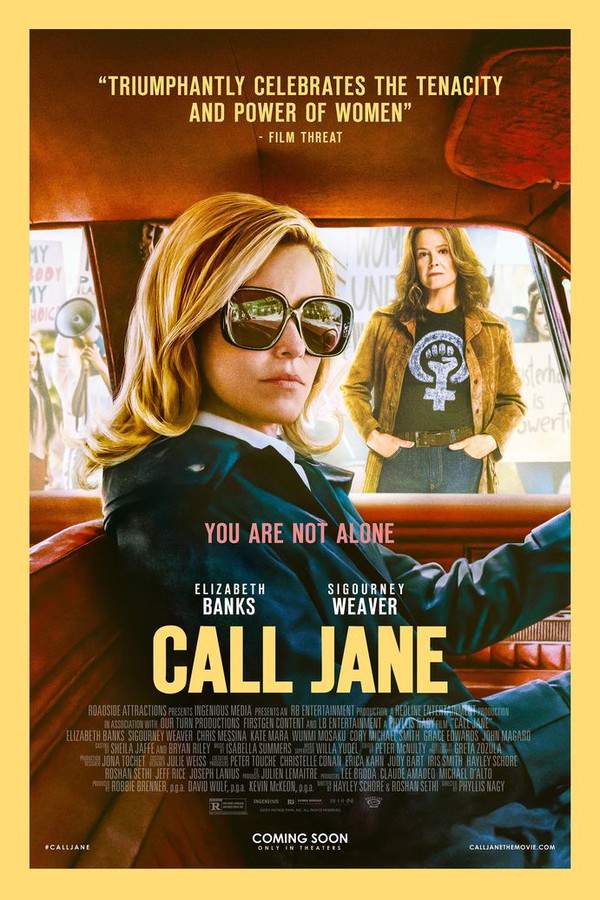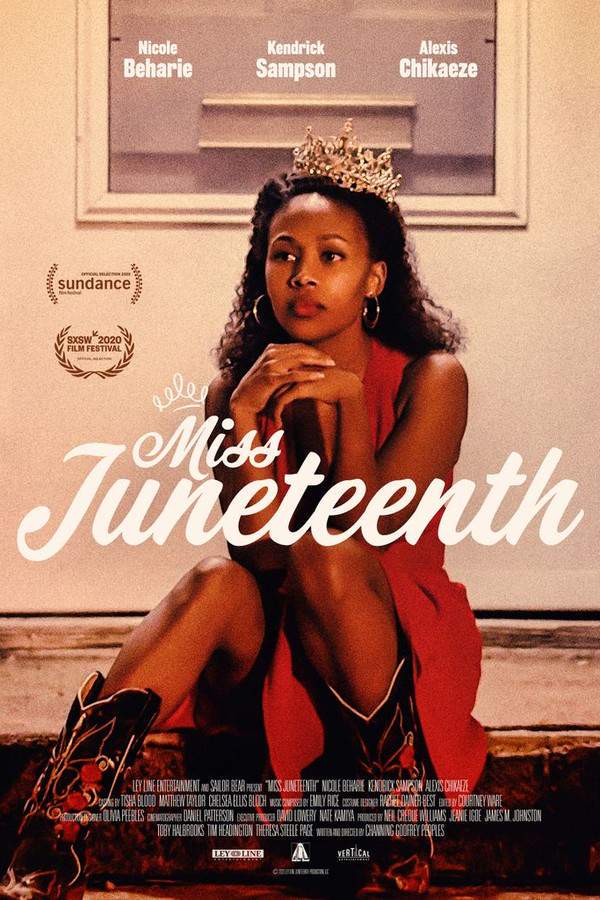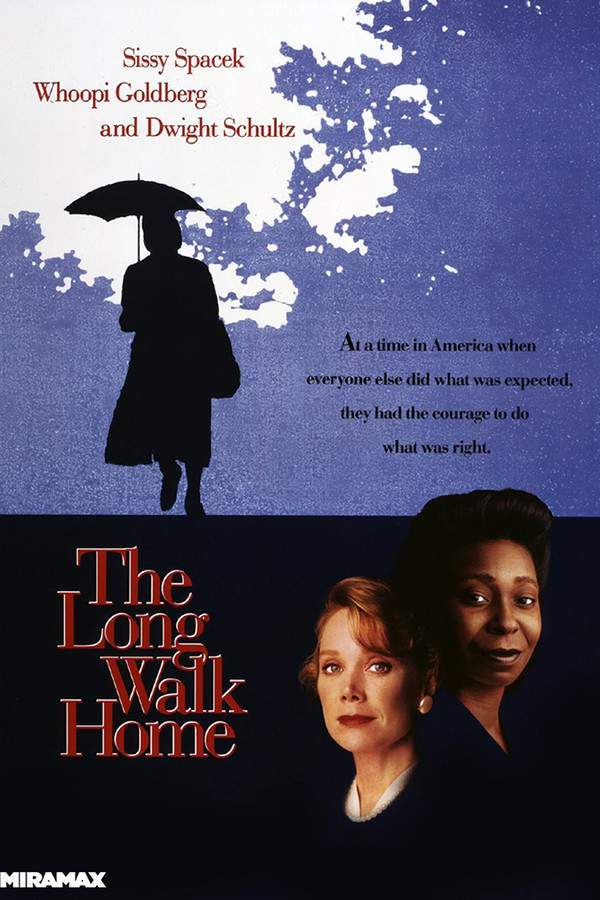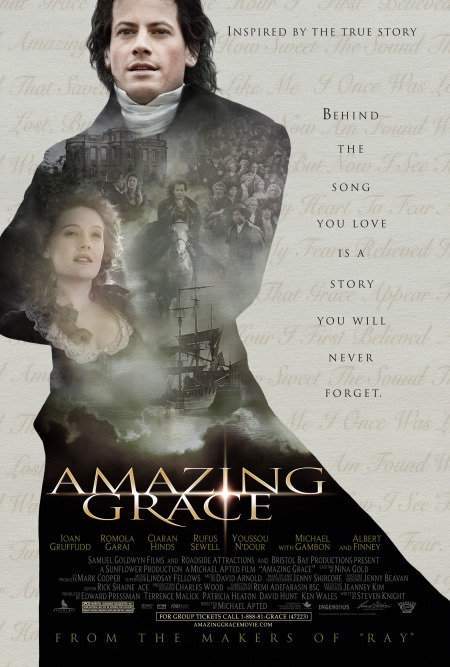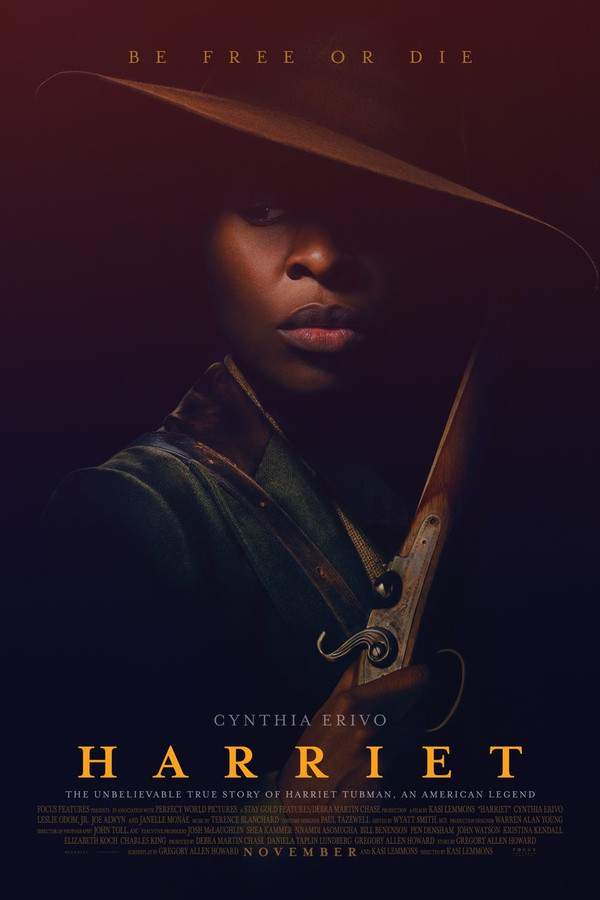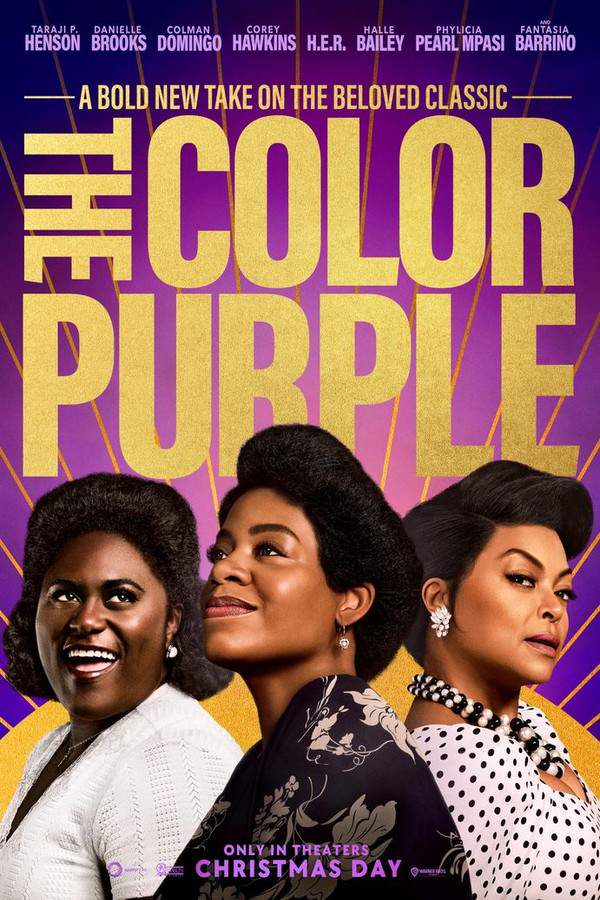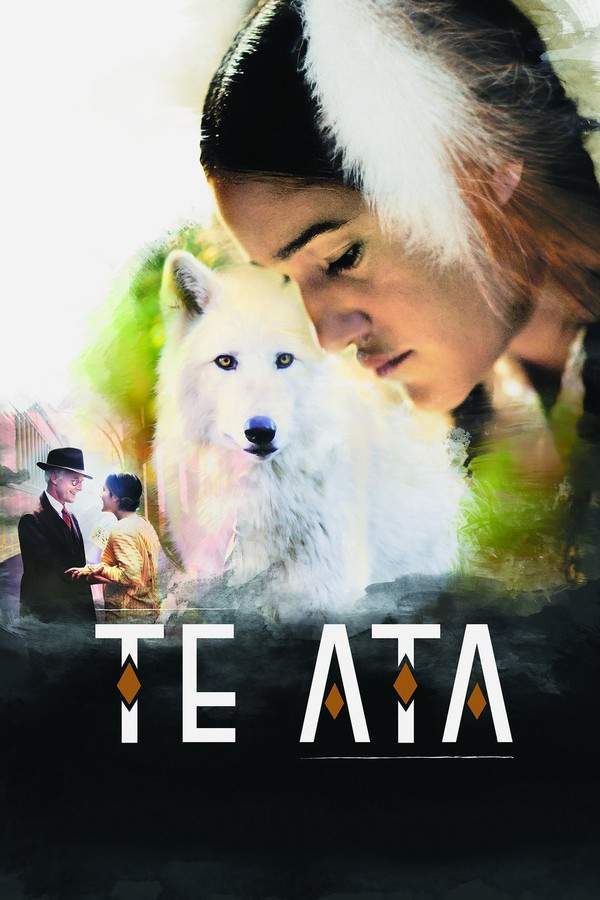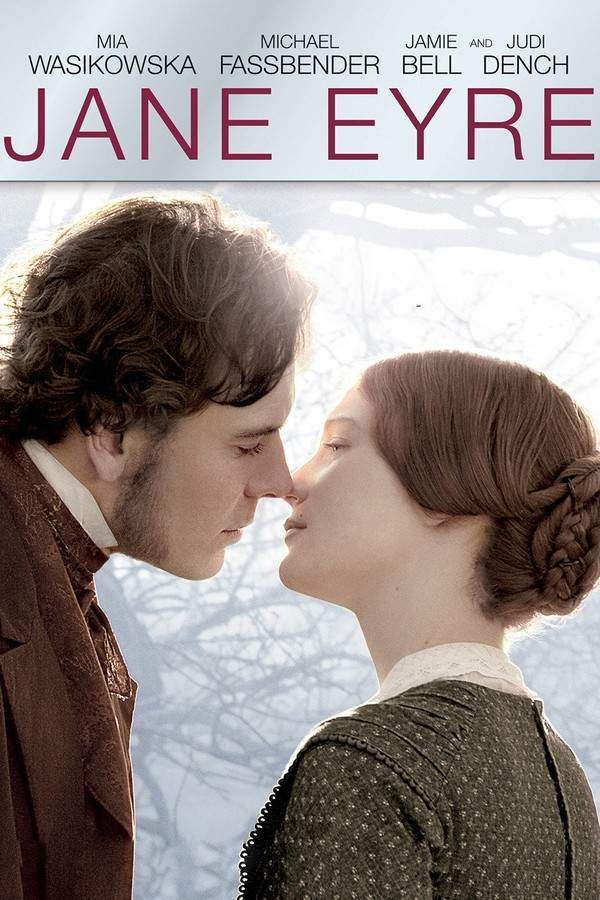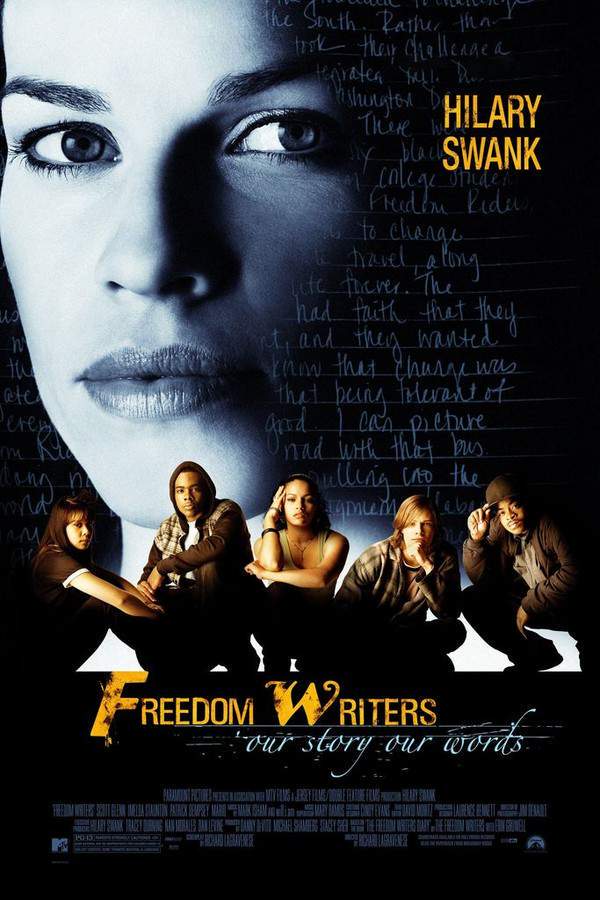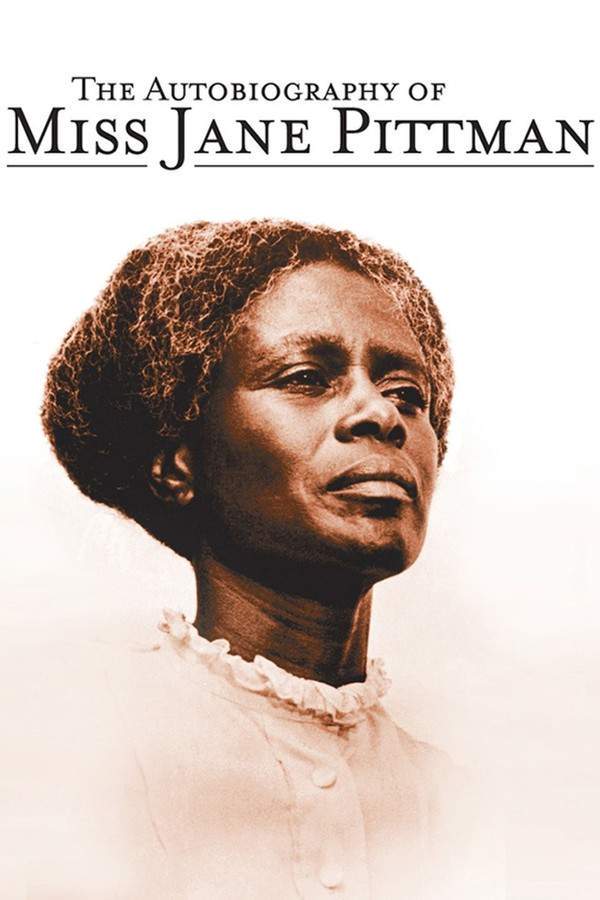
The Autobiography of Miss Jane Pittman 1974
Directed by

John Korty
Made by
CBS
The Autobiography of Miss Jane Pittman Plot Summary
Read the complete plot summary and ending explained for The Autobiography of Miss Jane Pittman (1974). From turning points to emotional moments, uncover what really happened and why it matters.
In February 1962, within the rustic confines of a cabin situated on the sharecroppers’ quarters of the Samson property in Louisiana, a small group of close friends gathers to serenade Miss Jane Pittman (Cicely Tyson) with the soulful notes of Happy Birthday. Today marks a significant milestone, as she joyously blows out her candles, celebrating an astonishing 110 years of life. Amidst the festivities, she turns to her dear friend, Lena (Beatrice Winde), asking, “You gonna be with me here this time next year, Lena?” to which Lena replies with heartfelt optimism, “God willing.”
As the day unfolds, two young men arrive at the door, with Jimmy (Arnold Wilkerson), identified as Lena’s son, among them. They request a moment of privacy to discuss a pressing matter with Miss Jane. Moving to the porch, they reveal their intention to have a young girl sip from the White folks’ fountain in front of the courthouse, a symbolic act of defiance against the oppressive rules of segregation—an act that could lead to undesirable consequences. They wish for Miss Jane to join them, believing her presence would inspire the protesters. However, unwavering, she confesses that she will wait for a divine sign from God.
In the midst of these discussions, a White journalist, Quentin Lerner (Michael Murphy), approaches Miss Jane with the aim of chronicling her extraordinary life for a magazine, intrigued by her origins as a former slave. Miss Jane thoughtfully replies that she will make her decision on the matter tomorrow.
The following day, as Jimmy and a small cadre of protesters make their way to the courthouse, they witness a stark reality; sheriff’s deputies obstruct the girl’s attempts to drink from the fountain, escalating tensions into arrests but fortunately sparing any severe injuries. Driven by his journalistic instincts, Lerner returns to Miss Jane’s abode, where the radio announces the events transpiring at the courthouse and refers disparagingly to those involved as “Negro agitators.” As Lerner expresses an eagerness to hear Miss Jane’s life story, she cheekily inquires, “How far back do you want to go?”
The narrative then delves into a poignant flashback to the Civil War era, where a young Ticey (Valerie Odell), a slave girl, is forced to fetch water for Confederate soldiers. Amidst the chaos, she encounters Union soldiers, particularly Corporal Lewis Brown (Dudley Knight), who bestows upon her the name Jane—a name he insists offers her dignity beyond the shackles of slavery.
As the war concludes, their freedom comes shrouded in uncertainty, with Jane contemplating her future and the path towards Ohio, a journey filled with peril. In the darkness of one tragic night, Jane witnesses the brutality inflicted upon her community, as a patroller’s blitz leads to the slaughter of her loved ones. After this horrific event, Jane cradles the very stones used to ignite their last warmth, symbolizing resilience and remembrance.
The narrative sweeps across time, illustrating Jane’s relentless pursuit of a better life, her devotion to teaching and organizing, and the continuous struggle against the injustices of racism. It paints a vivid picture of her life on the Dye plantation, marked by rebirths of hope dashed by the horrors of the Ku Klux Klan’s violence, shaping her character into a beacon of strength for those around her.
Years pass, and Jane grows to understand the meaning of love through her relationship with Joe Pittman (Rod Perry). Tragedy strikes again when Joe’s life is cut short in a tragic accident involving an untamed horse, leaving an indelible mark on Jane’s heart that she carries with her through the decades.
Now a symbol of legacy, Jane’s past melds into the present day, where she finds herself reflecting on her life, burdened by both triumph and despair. As her 110th birthday arrives, Miss Jane remains a cherished elder among the sharecroppers, embodying the struggles and aspirations of her community. With her friend Lena and the new generation represented by young Jimmy, faced with the complexities of the Civil Rights Movement, Jane’s spirit educates them about resilience.
In an emotionally charged climax, despite all warnings, Miss Jane sets out to honor Jimmy’s memory by confronting racial injustices head-on. As she approaches the White Only drinking fountain, the tension thickens; an officer orders her to stop, but she resolutely continues her march, her determination unmistakable. In this courageous act, she sips from the fountain—a bold declaration against oppression. There, she symbolizes her undying spirit and the battles fought for dignity, walking away symbolically with her cane, gliding into the dusk.
The poignant close of her story comes with Lerner’s narration of Jane’s passing, underscoring the impact of her life and the legacy of resistance she leaves behind, painting her not just as a monument of her times, but as a living testament to the relentless quest for justice and equality that continues to resonate. The sun sets behind her, illuminating the journey of a remarkable woman—a journey marked by hardship, triumph, and an indomitable spirit.
The Autobiography of Miss Jane Pittman Timeline
Follow the complete movie timeline of The Autobiography of Miss Jane Pittman (1974) with every major event in chronological order. Great for understanding complex plots and story progression.
Miss Jane's Birthday Celebration
In February 1962, a small group of friends gathers to celebrate Miss Jane Pittman's 110th birthday. Surrounded by loved ones, Jane blows out the candles on her cake and reflects on her long life, sharing a moment of hope with Lena about the future.
The Call to Protest
Miss Jane is approached by Jimmy and a group of young men who are organizing a protest. They plan for a young girl to drink from a 'White only' fountain, seeking Jane's presence for inspiration despite her reluctance to participate until she receives divine confirmation.
The Journalist Arrives
Quentin Lerner, a White journalist, visits Miss Jane to offer to write her life story for a magazine. He learns about her past as a slave and the profound significance of her experiences, which will eventually unravel through her memories.
Flashback to the Civil War Era
The story flashes back to the Civil War when young Ticey is ordered to fetch water for Confederate soldiers. After a tense standoff, Union soldiers arrive and Ticey is given the name Jane, marking the beginning of her journey towards freedom.
Freedom and Departure
After the emancipation proclamation is read, Jane decides to leave the plantation for Ohio. Guided by an elder's directions, she sets off for freedom, determined to make her own path despite the dangers ahead.
The Journey to Ohio
Jane and a young boy named Ned walk through the swamps to avoid capture. After sheltering in an abandoned barn, they experience a harrowing attack by patrolers, leaving Jane to take only two stones with her as symbols of resilience.
Life at Colonel Dye's Plantation
After struggling to cross a river, Jane works for twelve years at Colonel Dye's plantation where she witnesses both progress and setbacks during the Reconstruction era. The KKK terrorizes the community, and Jane must protect her loved ones amidst growing tensions.
Ned's Activism
As a young man, Ned becomes a leader in the Black community, forming the 'Negro Rights Committee.' Jane fears for his safety as he stands up for education and equality, ultimately convincing him to leave to protect his future.
Jane Meets Joe Pittman
In the 1870s, Jane finds love with Joe Pittman, a horse breaker. Their life together faces challenges, especially when a menacing horse leads to tragedy, resulting in Joe’s death, which profoundly impacts Jane’s spirit.
Reunion with Ned
Years later, Jane reunites with Ned, now a soldier who has returned from Cuba after fighting in the Spanish-American War. Their bond grows as he resumes teaching, defying the ongoing threats from those who oppose Black education.
The Threat to Ned
Ned faces imminent danger from a man named Cluveau, who has been ordered to kill him for his activism. Despite Jane's pleas for him to leave, Ned refuses to back down, believing in the importance of his cause.
Tragic Death of Ned
The inevitability of violence manifests as Ned is ambushed and shot by Cluveau. His sacrifice is a devastating blow to Jane, who must confront the realities of racial violence and injustice in their community.
Civil Rights Movement and New Hope
As the Civil Rights Movement gains momentum, young Jimmy inspires the local community to take action. He passionately urges his peers to join the fight for equality, highlighting the changing tides of the struggle for civil rights.
Miss Jane Stands Up
After receiving the news of Jimmy’s murder, Miss Jane decides to take action. Ignoring warnings and barriers, she boldly walks to the 'White Only' fountain, reclaiming her dignity and asserting her right to equality in a powerful act of resistance.
Miss Jane's Legacy
After another journey of hardship, Miss Jane reflects on her life and the significant loss she has endured. Her strength culminates in a poignant moment as she faces the future, embodying resilience as she walks toward the sun, representing hope and the enduring fight for freedom.
The Autobiography of Miss Jane Pittman Characters
Explore all characters from The Autobiography of Miss Jane Pittman (1974). Get detailed profiles with their roles, arcs, and key relationships explained.
Miss Jane Pittman (Cicely Tyson)
Miss Jane is a strong and resilient woman who embodies the struggles and triumphs of African Americans from slavery to the Civil Rights Movement. Throughout her life, she faces unimaginable loss and hardship, yet she remains a figure of inspiration and hope for her community. Her determination to fight for justice reflects her inner strength and deep-rooted sense of identity.
Lena (Beatrice Winde)
Lena is a close friend and confidante of Miss Jane, providing support and companionship throughout their struggles. Her character represents the hope and fears of the younger generation during the Civil Rights era. Lena’s interactions with Miss Jane highlight themes of friendship, community, and the shared dream of a better future.
Ned (Thalmus Rasulala)
Ned is Jane's adopted son who becomes a leader in the community, advocating for education and civil rights. His character showcases the transition from oppression to empowerment, and his tragic fate underscores the dangers faced by those fighting for change. Ned's determination to educate and uplift his peers illustrates the importance of knowledge in the struggle for equality.
Joe Pittman (Rod Perry)
Joe is Jane's love interest and a strong figure in her life. His character is emblematic of the love and sacrifice that define Jane’s journey. Joe’s tragic death serves as a pivotal moment for Miss Jane, shaping her actions and motivations throughout the rest of the film.
The Autobiography of Miss Jane Pittman Settings
Learn where and when The Autobiography of Miss Jane Pittman (1974) takes place. Explore the film’s settings, era, and how they shape the narrative.
Time period
February 1962, 19th century, 1920s
The movie spans several decades, starting in the mid-19th century during the Civil War and extending to the early 1960s. This period encompasses significant events such as the Civil War, Reconstruction, and the beginnings of the Civil Rights Movement. The evolution of society and the fight for equality are central themes reflected in Miss Jane's life experiences throughout these turbulent times.
Location
Louisiana
The movie is set primarily in Louisiana on a sharecropper's plantation. This region is known for its rich history of agriculture and the struggles associated with the Civil Rights Movement. The setting plays a crucial role in the narrative as it reflects the historical backdrop against which Miss Jane Pittman's life unfolds.
The Autobiography of Miss Jane Pittman Themes
Discover the main themes in The Autobiography of Miss Jane Pittman (1974). Analyze the deeper meanings, emotional layers, and social commentary behind the film.
✊
Civil Rights
The theme of civil rights is prominent, capturing the struggles of African Americans in their quest for equality. Miss Jane's journey from slavery to leading protests against segregation highlights resilience and the importance of activism in the face of adversity. The film serves as a testament to the enduring fight for justice and equality.
🕰️
History
The film deeply explores historical themes, portraying the legacy of slavery and the fight for freedom through the eyes of Miss Jane Pittman. It reflects upon the personal and collective histories of African Americans, showcasing their resilience against systemic oppression over time. The storytelling intertwines individual experiences with broader historical events.
❤️
Love and Loss
Miss Jane's life is marked by love, especially in her relationship with Joe Pittman, and the profound losses she endures. These experiences shape her identity and strength, illustrating the impact of personal connections against the backdrop of social upheaval. The theme encapsulates how love can motivate action and provide strength amidst hardship.
Movies with Similar Twists and Themes
Uncover films that echo the narrative beats, emotional arcs, or dramatic twists of the one you're exploring. These recommendations are handpicked based on story depth, thematic resonance, and spoiler-worthy moments — perfect for fans who crave more of the same intrigue.
Featured on this page

What's After the Movie?
Not sure whether to stay after the credits? Find out!
Explore Our Movie Platform
New Movie Releases (2025)
Famous Movie Actors
Top Film Production Studios
Movie Plot Summaries & Endings
Major Movie Awards & Winners
Best Concert Films & Music Documentaries
© 2025 What's After the Movie. All rights reserved.


